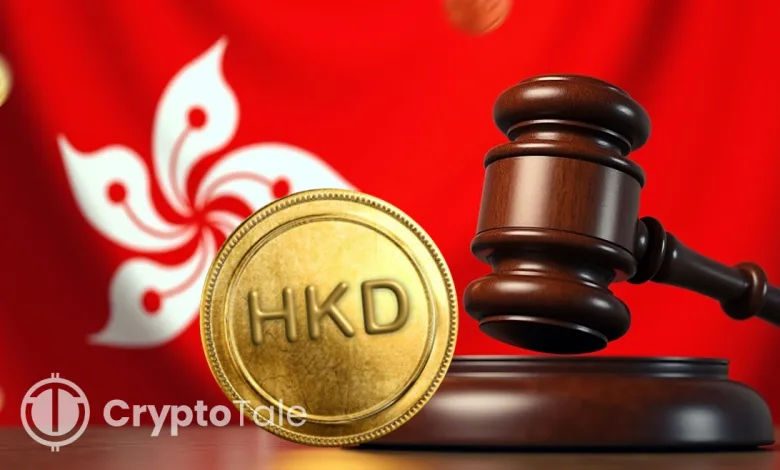Hong Kong Launches Stablecoin Licensing Amid Market Skepticism

- HKMA’s new licensing sets a steep HK$25M bar, curbing smaller stablecoin players.
- Hong Kong stablecoin stocks fall as investors fear overregulation and high costs.
- China firms eye Hong Kong to build cross-border stablecoin payment solutions.
Hong Kong’s new stablecoin regime has officially launched, introducing a licensing framework aimed at tightening digital asset oversight. The Hong Kong Monetary Authority (HKMA) confirmed that the stablecoin ordinance will now regulate all fiat-referenced issuers and marketing efforts. However, the rollout triggered a sharp decline in local stablecoin-related stocks, raising questions about market sentiment.
New Licensing Framework Sets High Entry Bar
Under the law, any entity issuing or marketing stablecoins in Hong Kong must secure a license from the HKMA. The licensing process includes compliance with reserve management, anti-money laundering controls, redemption guarantees, and fit-and-proper assessments. However, these regulatory thresholds are significant, potentially limiting market participation to capital-heavy entities.
Applicants must meet the minimum capital requirements of HK$25 million, which may discourage early-stage innovation. Moreover, the HKMA clarified that the licensing system is open to all, not based on invitations. Even so, only a small number of licenses will be issued during the first phase in early 2026.
HKMA expects firms to begin filing applications by August 31, 2025, and finalize submissions before the September 30 deadline. During this period, stablecoin firms already operating in Hong Kong may qualify for temporary licenses. These permits will allow continued operations during a six-month transition window ending in early 2026.
Stock Declines Reflect Market Doubt
The stocks involving stablecoins registered a significant decline after the execution of the law. YBB Digital and OSL Group declined almost 10% and Guotai Junan International declined more than 7%. Other stablecoin-like services also experienced a drop in price, with traders responding to perceived regulatory overhead associated with the sector.
Such losses indicate the fear of changes regarding profitability and expansion of firms linked to digital assets due to the emergence of a stablecoin regime. The strict control of HKMA is contrasted with more liberal regimes, such as those situated in the U.S. and Singapore. The market players have encountered increased levels of scrutiny, elevated costs of capital, and unpredictable measure of approval timelines.
The implementation of the law also follows regulator warnings to minimize exposure to stablecoins. Consequently, other companies have halted or reduced associated activities. Collectively, these are indicators of apprehensions about overregulation and diminished versatility within Hong Kong’s centralized system.
Related: Hong Kong to Ban Unlicensed Stablecoin Promotions From August 1
China Link Fuels Strategic Realignment
The stablecoin law can also signal a strategic financial shift in Asia. Companies in mainland China are considering Hong Kong structures to develop or incorporate stablecoin in international businesses. Hong Kong provides a regulated yet open approach to stablecoins since stablecoins are still limited in China.
Major e-commerce and travel firms are examining stablecoin-based cross-border payment tools to replace slow banking systems. Some face payment delays of up to 30 days, which stablecoins could solve. However, for wide adoption, integration into existing platforms remains essential.
Although local retail use remains limited due to the saturated payments market, interest in international applications is accelerating. Industry players believe large firms will lead adoption by embedding stablecoin functionality into their ecosystems. This could challenge the dominance of USD-based stablecoins across Asia’s digital economy.
Regional Impact and Global Positioning
The stablecoin regulations of Hong Kong make it a future center of regulated digital finance, allowing a multi-currency system that is flexible. However, there are concerns as to whether the regime encourages innovations or limits access to the market. Other scholars believe in a tiered approach to enable small entries.
Global alignment could also be sustained through a passporting system, provided that licenses issued in large markets are approved. In its absence, the licensing fee will hamper the entry of global stablecoin issuers into Hong Kong. Continuous policy changes may be needed to make the city a hub for digital assets.




